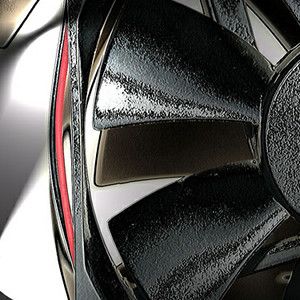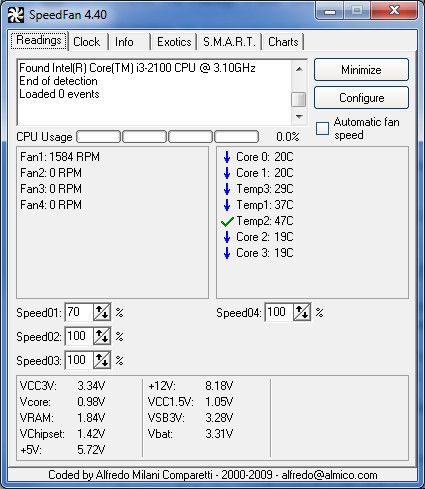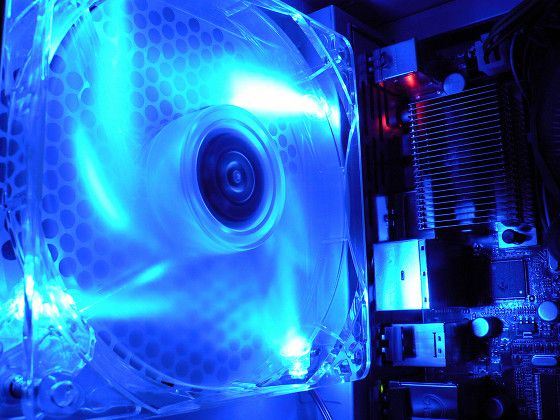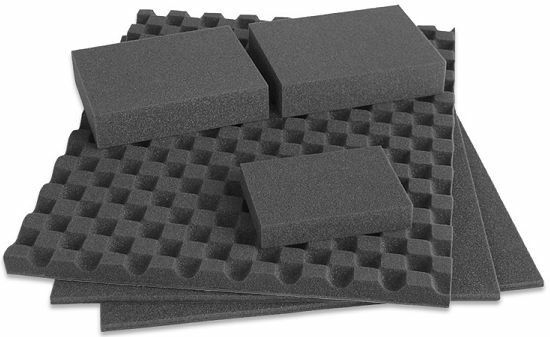I doubt that anyone has ever listened to computer fan noise and thought "wow, that’s awesome. Let’s have some more of that!" At best, fan noise is simply there, an ambient whirr that be mostly ignored. At worst it can be a serious distraction.
There are ways to make your computer quieter. You can buy fancy fans from companies like Noctua or purchase a water cooling solution. These options are surprisingly costly, however. What can you do if you don’t want to spend much?
Reduce Your Computer’s Fan Speed
In a lot of computers (particularly desktops) it is possible to reduce the fan speed of your computer. Maximum is frequently the default, but maximum isn’t always required. In fact, most modern desktop PCs can get away with system fans running far below their maximum speed.
The steps involved depend on your computer. If you happen to have a high-end motherboard it may come with a utility that lets you control fan speed directly from Windows. Search for this by doing a Windows Search for “fan” or for the brand name of your motherboard.
If you can’t find any such control, download and install SpeedFan. This utility provides current temperature information and fan speed data. In many cases you will be able to control fan speed using the up/down arrows at the bottom of the Readings tab.
Should that still not work, reboot your computer and open BIOS. You may find fan speed controls here. If you cannot find them, check your motherboard’s manual before giving up.
Once you find a fan speed control method that works on your PC, I recommend decreasing fan speed in increments of 20% (if your fan speed control only lists RPM you will have to do some math). After each adjustment run a stress testing application such as OCCT for at least five minutes to make sure your PC is still stable.
Remove Or Replace Fans
Another obvious way to make your computer quieter is to remove fans. This may seem like a bad idea, but it’s possible in some computers. The case I used for my desktop PC, for example, came with mounts for up to six fans. This is more than necessary, so I only use three of them at 70% maximum speed.
You must be smart about removing fans. Never remove a fan on your processor’s heatsink and don’t try to remove fans from your video card or motherboard, either. Instead remove case fans in troublesome areas. Front-mounted case fan(s), for example, produce noticeable noise because they’re the closest to the user and the least obstructed. The same can be said of fans mounted on the top of an enclosure.
If you find that removing fans makes your computer unstable you can try replacing them instead. Mass-produced computers often ship with cheap fans that aren’t as quiet as they could be.
You can replace a fan for the price of a large pizza. The Antec TrueQuiet 120mm case fan is a good example. It is quiet, easy to install, offers a manual two-speed switch (so you can adjust fan speed if your motherboard doesn’t support it) and costs only $12.99 online.
Replacement fans should be as large as possible. Large fans don’t have to spin as quickly to generate the same airflow, and they can cool your computer more quietly as a result. Many people find this to be counter-intuitive and think that larger fans make more noise, but the opposite is true.
Use Sound Dampening
You will likely find that your computer can be made adequately quiet by purchasing a few decent case fans and running them at low speeds. If you want to take a step further, however, you can purchase sound dampening for your case.
Sound dampening sheets are made of layered foam that absorbs noise rather than deflecting it. This reduces the amount of sound that will escape from your case. The difference made by single sheet of foam installed inside your computer’s case door can be surprisingly noticeable – and once again, this solution is cheap. A sheet about 16” x 16” in size will set you back just over $20.
There are also sound dampening kits that consist of rubber screws, washers and fasteners. These are perfect if you find that your computer’s noise is not being caused by a fan but instead by a pesky vibration. Replacing metal screws and inserting rubber strips between offending areas can make all the difference. Better still, the kits are usually between $10 and $20 a pop.
Seal Up Your Case
If you want the ultimate in noise reduction you should consider using the sound dampening sheets mentioned above to cover any fan mounts and air vents that are not being used. A single sound dampening sheet can do a lot of good, but if you have a fan at the front of the case that’s unobstructed by any dampening material you might still hear a lot of noise.
You can solve this by putting sound dampening material over any gaps in your case. The material is easy to cut into whatever size you require and can be secured with tape, glue, screws or zip ties.
Be smart with the material. Don’t seal up all of the fan mounts on your GTX 560 SLI rig with an overclocked Core i7-2600K. Proceed in small steps and use stress testing programs like OCCT and Furmark to ensure your system is stable and not overheating.
Conclusion
As you’ve seen here, making your computer quieter doesn’t have to cost much money at all. By reducing fan speed and removing unneeded fan you can reduce noise without spending a dime. Going further costs only tens of dollars.
How quiet do you need your PC to be, and what steps do you take to make sure it’s tolerable. Let us know in the comments.
Image Credit: Nick Ares, Jim Rafferty




